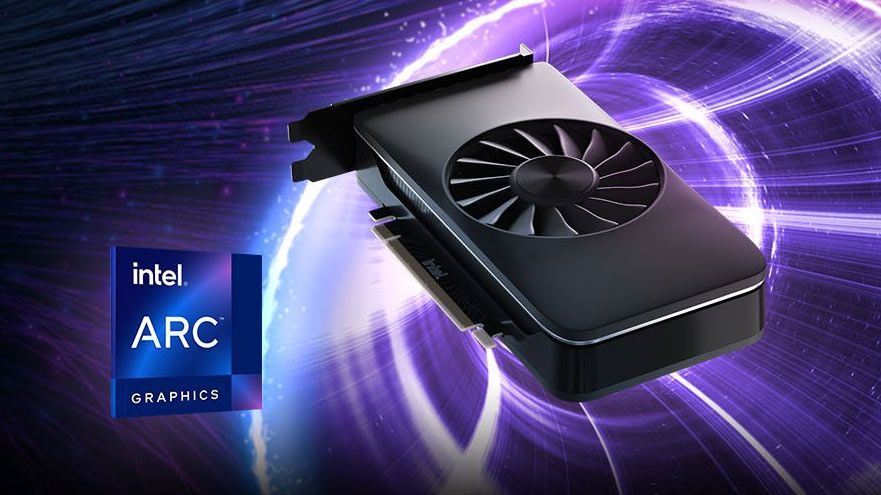Understanding i915, Xe, and Xe2 on Linux: A Deep Dive into Intel’s Graphics Drivers
9/05/2024Understanding i915, Xe, and Xe2 on Linux: A Deep Dive into Intel’s Graphics Drivers
Introduction
In the ever-evolving world of PC gaming and hardware, Intel’s graphics drivers play a crucial role in delivering optimal performance and compatibility. With the advent of new technologies, understanding the differences between i915, Xe, and Xe2 on Linux is essential for gamers, developers, and tech enthusiasts alike. This article delves into these drivers, their significance, and what they mean for the future of Linux-based systems.
What is i915?
The i915 driver has been a cornerstone of Intel’s graphics support on Linux for many years. It is part of the Direct Rendering Manager (DRM) subsystem in the Linux kernel, responsible for managing integrated graphics found in Intel CPUs up to the Meteor Lake generation. The i915 driver supports a wide range of Intel GPUs, providing essential features like hardware acceleration, power management, and display output configuration.
The Emergence of Xe
Intel introduced the Xe graphics architecture as a significant leap forward from its previous generations. The Xe driver, which started as an experimental addition in Linux 6.8, aims to replace the i915 driver for newer hardware. Xe supports both integrated and discrete GPUs, beginning with Tiger Lake and extending to future generations like Lunar Lake. This driver brings several enhancements, including improved performance, better power efficiency, and advanced features tailored for modern gaming and professional workloads.
Xe2: The Next Generation
Building on the foundation laid by Xe, the Xe2 driver represents the next step in Intel’s graphics evolution. Targeting upcoming hardware like the Battlemage discrete GPUs and Lunar Lake integrated graphics, Xe2 aims to become the default driver for Intel’s latest and future GPUs. The Xe2 driver introduces numerous optimizations and new capabilities, such as enhanced hardware monitoring, support for virtualization features like SR-IOV, and performance tuning settings specific to next-gen GPUs.
Key Features and Improvements
- Performance Enhancements: Both Xe and Xe2 drivers bring significant performance improvements over i915, thanks to better resource management and optimized code paths.
- Hardware Monitoring: The Xe driver now includes HWMON support, allowing users to monitor power usage and energy metrics directly from the sysfs interface.
- Virtualization Support: Initial preparations for SR-IOV support in the Xe driver pave the way for advanced virtualization capabilities, crucial for data centers and cloud environments.
- Future-Proofing: With Xe2, Intel is preparing for the future by ensuring compatibility with upcoming hardware and integrating new technologies that will drive the next wave of innovation in graphics processing.
Here’s a timeline of the key releases and updates for the i915, Xe, and Xe2 drivers on Linux:
i915 Driver
- Initial Release: The i915 driver was introduced with the 915G Northbridge chipset generation.
- Meteor Lake Support: The i915 driver received updates for Meteor Lake support in Linux 6.7.
Xe Driver
- Experimental Release: The Xe driver was upstreamed as an experimental addition in Linux 6.8.
- SR-IOV and Other Features: The Xe driver started landing SR-IOV bits and other features for Linux 6.9.
Xe2 Driver
- Optimizations for Battlemage and Lunar Lake: The Xe2 driver received optimizations for Battlemage discrete GPUs and Lunar Lake integrated graphics in Linux 6.12.
These milestones highlight the progression and enhancements in Intel’s graphics drivers, ensuring better performance and support for future hardware.
Conclusion
As Intel continues to innovate, the transition from i915 to Xe and Xe2 drivers marks a significant milestone in the Linux graphics ecosystem. These advancements promise to deliver better performance, enhanced features, and robust support for future hardware, making Linux an even more attractive platform for gamers, developers, and tech enthusiasts. Stay tuned as Intel’s graphics drivers continue to evolve, bringing cutting-edge technology to your Linux systems.
By understanding the differences and improvements in i915, Xe, and Xe2, you can make informed decisions about your hardware and software setup, ensuring you get the best performance and features available. Whether you’re a gamer looking for the latest in graphics technology or a developer seeking robust support for your applications, Intel’s graphics drivers on Linux have you covered.



